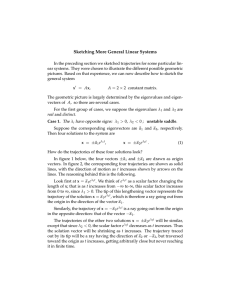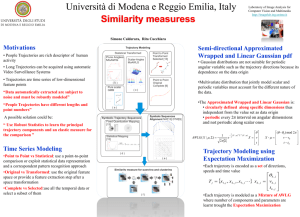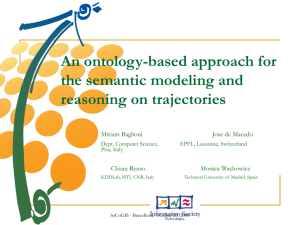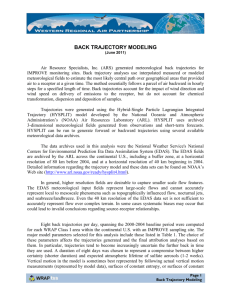x1 hence
advertisement
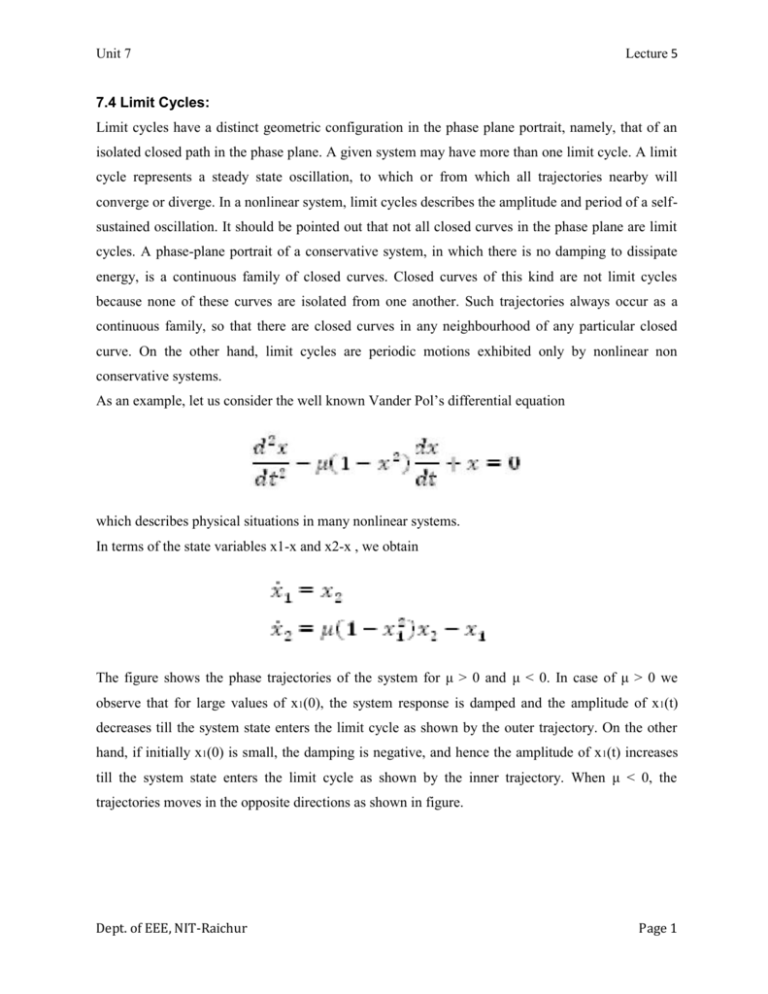
Unit 7 Lecture 5 7.4 Limit Cycles: Limit cycles have a distinct geometric configuration in the phase plane portrait, namely, that of an isolated closed path in the phase plane. A given system may have more than one limit cycle. A limit cycle represents a steady state oscillation, to which or from which all trajectories nearby will converge or diverge. In a nonlinear system, limit cycles describes the amplitude and period of a selfsustained oscillation. It should be pointed out that not all closed curves in the phase plane are limit cycles. A phase-plane portrait of a conservative system, in which there is no damping to dissipate energy, is a continuous family of closed curves. Closed curves of this kind are not limit cycles because none of these curves are isolated from one another. Such trajectories always occur as a continuous family, so that there are closed curves in any neighbourhood of any particular closed curve. On the other hand, limit cycles are periodic motions exhibited only by nonlinear non conservative systems. As an example, let us consider the well known Vander Pol’s differential equation which describes physical situations in many nonlinear systems. In terms of the state variables x1-x and x2-x , we obtain The figure shows the phase trajectories of the system for μ > 0 and μ < 0. In case of μ > 0 we observe that for large values of x1(0), the system response is damped and the amplitude of x 1(t) decreases till the system state enters the limit cycle as shown by the outer trajectory. On the other hand, if initially x1(0) is small, the damping is negative, and hence the amplitude of x 1(t) increases till the system state enters the limit cycle as shown by the inner trajectory. When μ < 0, the trajectories moves in the opposite directions as shown in figure. Dept. of EEE, NIT-Raichur Page 1 Unit 7 Lecture 5 A limit cycle is called stable if trajectories near the limit cycle, originating from outside or inside, converge to that limit cycle. In this case, the system exhibits a sustained oscillation with constant amplitude. This is shown in figure (i). The inside of the limit cycle is an unstable region in the sense that trajectories diverge to the limit cycle, and the outside is a stable region in the sense that trajectories converge to the limit cycle. A limit cycle is called an unstable one if trajectories near it diverge from this limit cycle. In this case, an unstable region surrounds a stable region. If a trajectory starts within the stable region, it converges to a singular point within the limit cycle. If a trajectory starts in the unstable region, it diverges with time to infinity as shown in figure (ii). The inside of an unstable limit cycle is the stable region, and the outside the unstable region. Dept. of EEE, NIT-Raichur Page 2 Unit 7 Dept. of EEE, NIT-Raichur Lecture 5 Page 3


